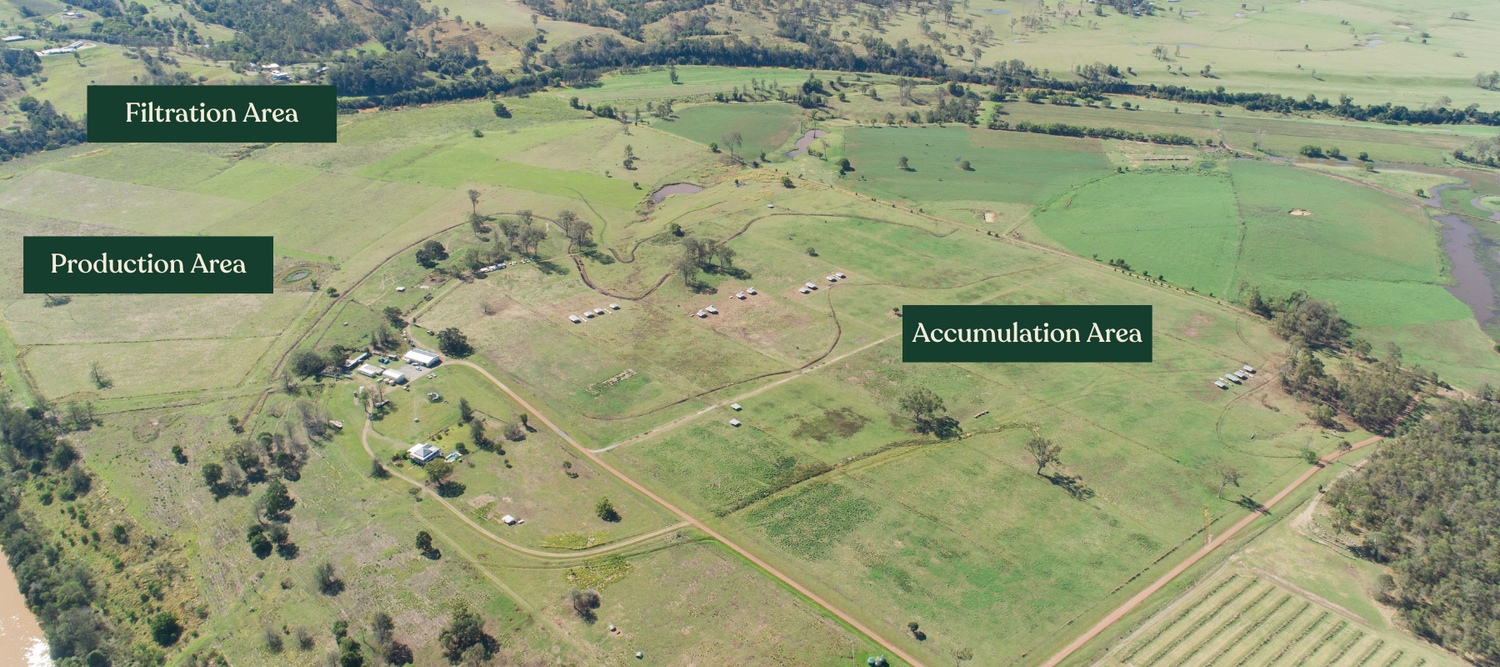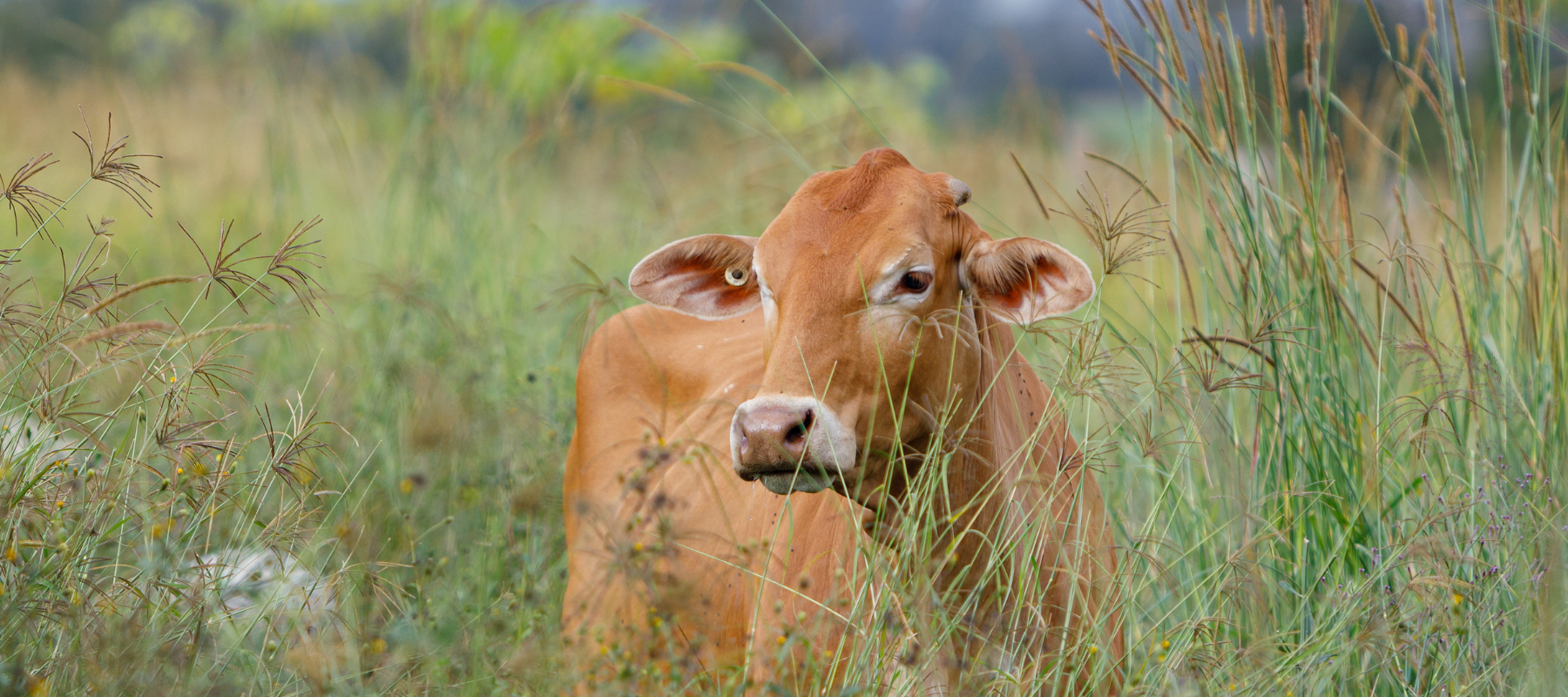At Forage Farms we implement Natural Sequence Farming.
Any Natural Sequence Farm (NSF) has three different areas for ‘accumulation’, ‘production’ and ‘filtration.’ The successful implementation of this type of farming is about managing the land to capture fertility and prevent water loss. You can’t stop gravity, but you can do things to return nutrients to higher ground so that it doesn’t wash out to sea. This is how we do it at Forage Farms.
🏔 Accumulation area
The highest point of our property is where we keep the chickens and pigs because they are so good at depositing the good stuff back into the soil. It’s where you want the fertility to accumulate which gets lost due to gravity. We also use contours to prevent nutrients from being lost down the hill.
🌱 Production area
This is the part of the farm where most of our animals run. It can also be used as an accumulation space as we also sew plants and hay here. These can then be cut or baled and taken up to the higher ground as feed or mulch to increase the organic matter if its needed.
We also encourage our cattle and sheep to graze in these lower parts in the morning. By planting shade trees on the higher ground and providing water troughs they will naturally move up to the cooler area to chew their cud, cool down and drink – and most importantly deposit manure. In effect, they are moving what was down the hill back up to the accumulation area.
💧 Filtration area
The lowest area of the landscape is the filtration area. Filtration areas reduce the losses from the landscape and store the fertility in the plants, ready to be recycled through the system again.
In most Australian landscapes you will find this on the flood plains and wetlands. In our case, we have the Mary River. We have also built some wetland areas, but they are yet to be properly filled so Forage Farms is a constant work in progress. Contours also assist in the filtration process and if you unroll hay below them it will slow the water flow and as it breaks down provide nutrients for the plants to grow. Then you can cut the plants and bring them up to the higher ground and the cycle continues.
We are passionate about looking after our landscape in this way as we are constantly witnessing the way in which it brings our farm to life. There is no doubt that it generates fertility and diversity of plant life which provides the all-important nutrition for our animals. No artificial fertilisers or chemicals are used, and this is how we are able to provide quality, healthy food for you.
If you would like to find out more about Natural Sequence Farming a Tarwyn Park Training course is a great place to start.




